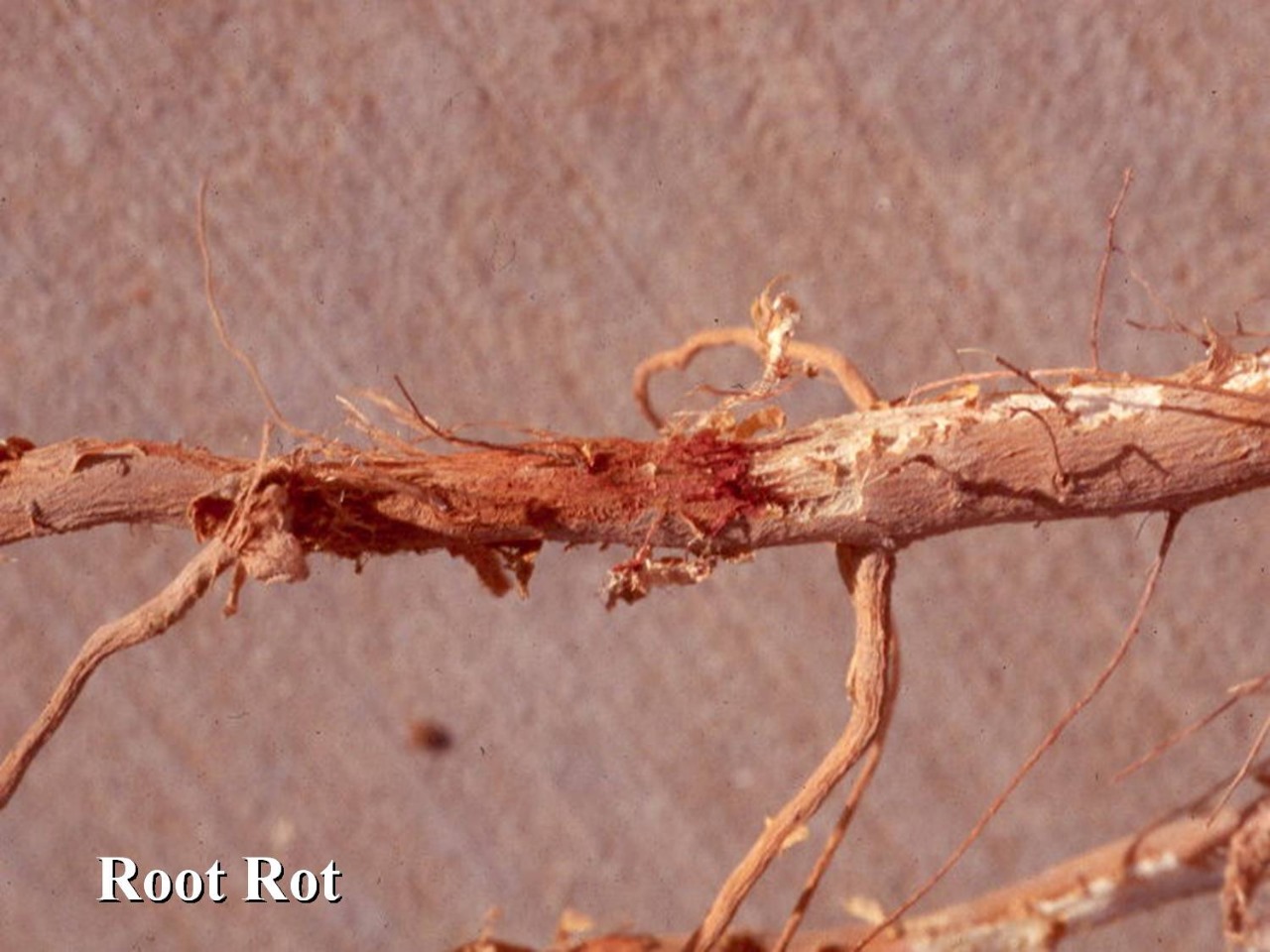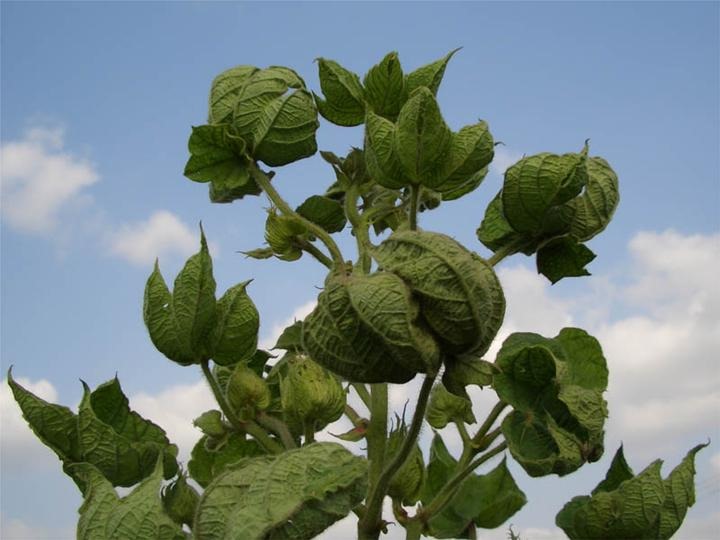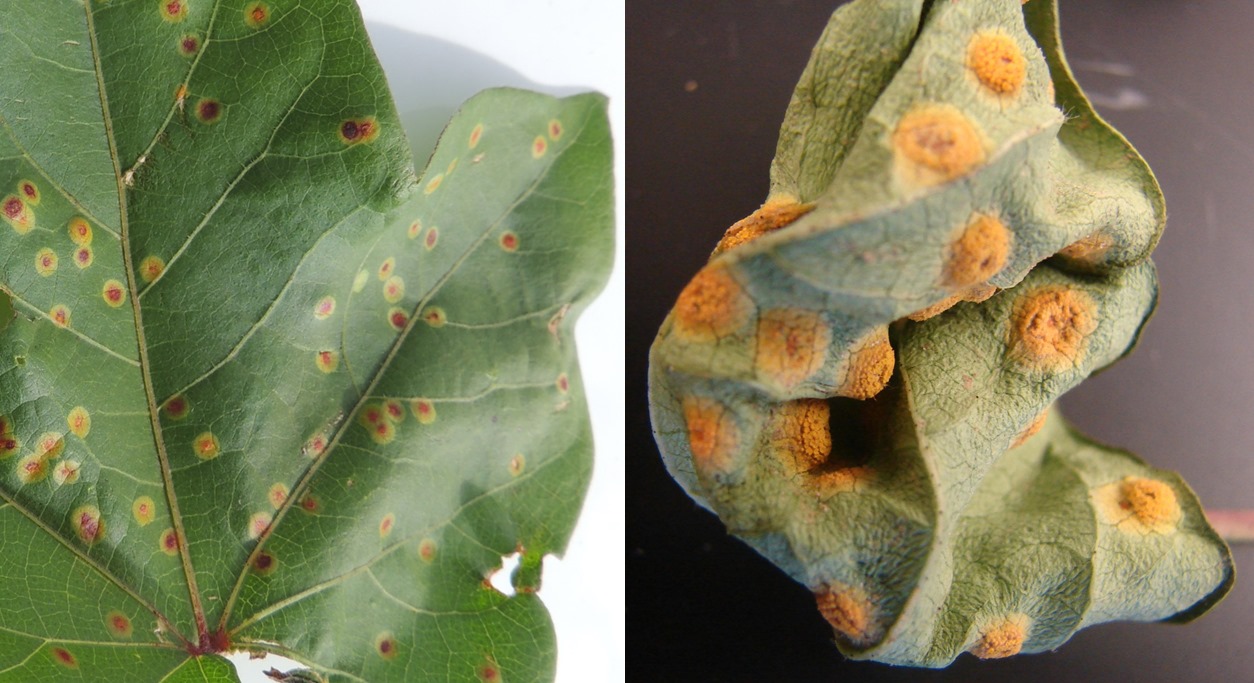

Menu
⮞ About
About...
Cotton is a massively ubiquitous presence in everyday life - from the sheets on your bed and the towels you use after your morning shower to the fabric of your underwear, jeans and favorite sweater. But what do you actually know about it? Where does it come from? How long have we been growing this natural fabric, and what are its main uses. Cotton is made from the natural fibers of cotton plants, a shrub native to tropical and subtropical regions all around the world. It is primarily composed of cellulose, an insoluble organic compoun
diseases & its fertilizer

cotton leaf spot symptoms:
Cotton leaf spot is a fungal disease that causes brown-gray spots with purple margins on leaves.
The spot centers dry and may fall out. Small sunken spots on stems and shedding of flower buds are also common symptoms. Early infections of leaves produce small, circular, brown to tan spots with purple margins varying in size from 1 to 10 mm in diameter. These spots often show a concentric growth that derives in concentric rings pattern, defined more clearly on the upper surface of leaves. Under humid conditions, the fungi produce and release large amounts of spores, which may result in the sooty black appearance of the lesions. The fungus Alternaria macrospora causes these symptoms, which spread through air-borne spores and water splashing onto healthy plants. The production of spores within the leaf spots as well as the infection process is favored by wet weather and temperatures of about 27 °C. Plants are most susceptible at the seedling stage and late in the season during the senescence of leaves.
cotton leaf spot solution:
⮞ Cotton leaf spot is a fungal disease that can cause brown-gray spots with purple margins on leaves, small sunken spots on stems, and shedding of flower buds . One organic solution to control this disease is to use Pseudomonas fluorescens. Seed treatment with Pseudomonas fluorescens (10g/kg seeds) can provide some protection to crops. Spraying a solution of Pseudomonas fluorescens 0.2% every 10 days can reduce an infection significantly .

cotton root rot Symptoms:
Root rot is a disease that attacks the roots of trees growing in wet or damp soil. This decaying disease can cut the life short of just about any type of tree or plant and has symptoms similar to other diseases and pest problems, like poor growth, wilted leaves, early leaf drop, branch dieback, and eventual death.
cotton root rot Solution:
⮞ Cotton root rot is a serious disease that affects cotton plants. The only way to control this disease is to use resistant plants or plants that have resistance to the disease as barriers. Monocotyledonous plants such as grasses and wheat, oats and other cereal crops can be used as organic amendments to control the disease. Another way to control the disease is to slowly build organic matter into the soil, which will help improve and slightly lower the pH of the soil. However, trying to acidify the soil enough to lower the pH below 7.0 is not practical and far too costly.
⮞ Using cow manure is one option. First, form a ridge of soil around each plant at the drip line. Then cover the entire basin with cow manure two inches deep. Other types of organic matter can also be used. The add ammonium sulfate and sulfur at a rate of 1 pound per 10 square feet for each compound

cotton leaf curl Symptom:
Cotton leaf curl disease is a viral infection that affects cotton plants. The disease is characterized by upward or downward curling of leaves and thickening of veins on the underside of leaves . The virus is transmitted by the whitefly Bemisia tabaci, which is difficult to control because of the prevalence of multiple virulent viral strains or related species . The problem is further complicated as the CLCuD causing virus complex has a higher recombination rate. Efforts to control this disease using host plant resistance have remained successful using two gene-based resistance that was broken by the evolution of new resistance-breaking strain called Burewala virus. Development of transgenic cotton using both pathogen and non-pathogenic derived approaches are in progress. In future, screening for new forms of host resistance, use of DNA markers for the rapid incorporation of resistance into adapted cultivars overlaid with transgenics and using genome editing by CRISPR/Cas system would be instrumental in adding multiple layers of defense to control the disease.
cotton leaf curl Solution:
⮞Organic control of whitefly populations can be achieved by using natural enemies such as lacewings, bigeyed bugs, and minute pirate bugs. Neem oil or petroleum-based oils can be used to control whitefly populations and should thoroughly cover the plants, particularly the undersides of leaves. Recent research has also indicated the potential of using biocontrol agents such as beneficial isolated bacterial strains (Bacillus, Pseudomonas and Burkholderia) as a means of reducing the incidence of the virus.

cotton rust symptom:
Cotton rust is a fungal disease that affects cotton plants. It is caused by the fungus Phakopsora gossypii.The disease is characterized by the appearance of small, yellowish-orange spots on the leaves of the cotton plant.These spots gradually increase in size and turn reddish-brown as the disease progresses.The leaves may also become distorted and curl up.Cotton rust can cause significant damage to cotton crops, leading to reduced yields and lower quality cotton.The disease is most common in warm, humid environments.It can be controlled through the use of fungicides and other management practices.Crop rotation and the use of resistant cotton varieties can also help prevent the spread of the disease.Early detection and prompt treatment are key to preventing the spread of cotton rust.
cotton rust Solution:
⮞There are several organic solutions that can be used to control cotton rust. One such solution is cellulose/ionic liquid (1-butyl-3-methylimidazolium chloride, BMIMCl) solutions. When the 5-wt% cellulose/BMIMCl solutions were soaked in organic liquids with high and moderate polarities, the corresponding cellulosic solutions and gels were produced, respectively. The gels with high boiling point media were stable and characterized by viscoelastic and compression measurements. The contents of organic media and BMIMCl in the gels were changed depending on the polarities, which affected the mechanical properties under compression mode. The processes for production of the solution, gel, and aggregate were proposed .